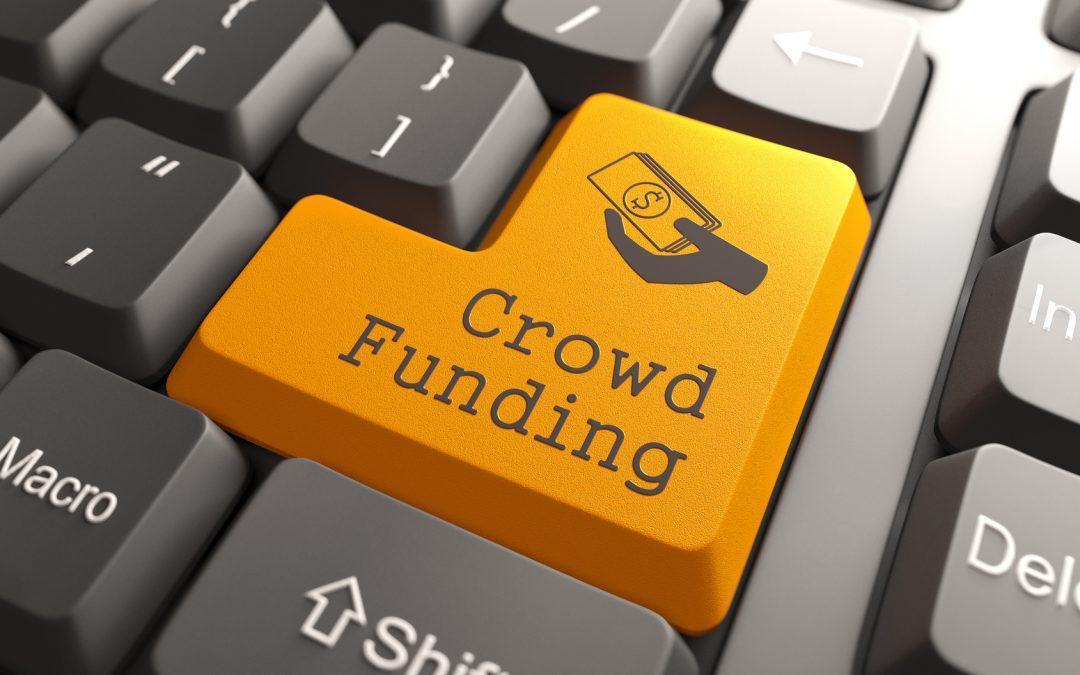Crowdfunding has become one of the popular ways to attract funds for the implementation of various projects. Supporting startups, social initiatives, and creative endeavors, it has opened new horizons for entrepreneurs and investors. However, alongside positive news, there are less pleasant phenomena. Fraud on crowdfunding platforms has become possible due to the inexperience of some investors and the cunning schemes of fraudsters.
Understanding Crowdfunding
Crowdfunding is the process of attracting finance for projects through collective funding carried out via online platforms. Projects can be varied: from business startups to socially significant initiatives. However, crowdfunding has its characteristics that make it vulnerable to fraudsters.
As a rule, crowdfunding platforms provide project creators the opportunity to publish information about their idea, and potential investors to evaluate it and decide on investing. Unfortunately, this openness creates an ideal environment for fraudsters who can take advantage of investors' inattention and ignorance.
Popular Fraud Schemes
1. Creation of Fake Projects
One of the most common fraud schemes on crowdfunding platforms is the creation of fake projects. These projects may look very attractive and have a well-thought-out presentation, but in reality, there is nothing behind them. Fraudsters use beautiful illustrations, videos, and persuasive descriptions to attract investors.
Sometimes such projects are created for deliberately non-existent ideas or even clones of well-known successful projects. For example, you can find projects promising the development of a new gadget, which is actually a fake of a successful idea. To protect yourself from such fraud, it is necessary to carefully study the information about the project creator, check their professional experience and reputation.
2. Review Fraud
Fraudsters can also use fake reviews to create positivity around their project. They can hire people to leave positive comments, which instills trust in potential investors. Sometimes even bots are used for automatic review generation.
One way to prevent review fraud is to pay attention to their content. If the reviews are too similar to each other or written at the same level, this may be a signal that they are fake. It is also worth seeking opinions on independent platforms rather than relying solely on reviews on the project page.
3. Delayed Payment Promises
Fraudsters can also offer too tempting conditions, for example, promising high returns in the short term. As a rule, such offers are accompanied by exciting messages about "the investor's paradise." After receiving funds, fraudsters often delay returning the money or disappear altogether.
Here, caution is essential: if something sounds too good to be true, it most likely is. Investors should be attentive to projects with unreasonably high promises and check real performance indicators.
How to Protect Yourself from Fraud
To protect yourself and your funds from such scams, we have prepared some tips that can help you secure yourself:

Project Research
The first step in protecting your funds is thoroughly researching each project. Investors should study who is behind the project, what their achievements are, and also reviews of previous projects, if any. It is best if the team has experience in implementing similar initiatives.
It is also important to research the crowdfunding platform itself. Reputable platforms have quality control systems for projects and may offer additional client protection.
Evaluation of Presentation and Metrics
Every project presentation should include certain financial and operational metrics. Investors should pay attention to the realism of expectations and mechanisms for achieving goals. It is necessary to be concerned not only about how the funds will be used but also about how the return of funds to investors will occur.
Financial indicators, such as expected revenue, user numbers, and other criteria, can serve as indicators of the project's viability. If the data is clearly inflated or missing, this should serve as a reason for concern.
Participation in Discussions
Participation in discussions with other investors can also be useful, as it allows for a more complete picture of the project. Many crowdfunding platforms offer mechanisms for comments and discussions. It is important not only to familiarize oneself with the opinions of other investors but also to ask questions to the project creators.
The openness of the company and the response to questions can also be indicators of reliability. If the team avoids communicating with investors or cannot give clear answers, it is a reason to be cautious.
Verification of Legal Data
Every project conducting public activities must be registered and have the appropriate permits. Request documents from the project creators or check them through open registries. For example, companies should be registered according to the laws of their country. This will provide additional assurance that the project is valid.
Crowdfunding has opened a unique opportunity for project financing but has also created an environment for fraud and deception. By knowing the main schemes used by fraudsters and applying preventive measures, users can protect themselves from potential losses. It is important to be vigilant, conduct research, and ask questions to both people and the platforms themselves. When investing in crowdfunding, it is important to remember that a thorough understanding of all aspects of the project can help significantly reduce risks and choose truly worthwhile ideas for participation.


